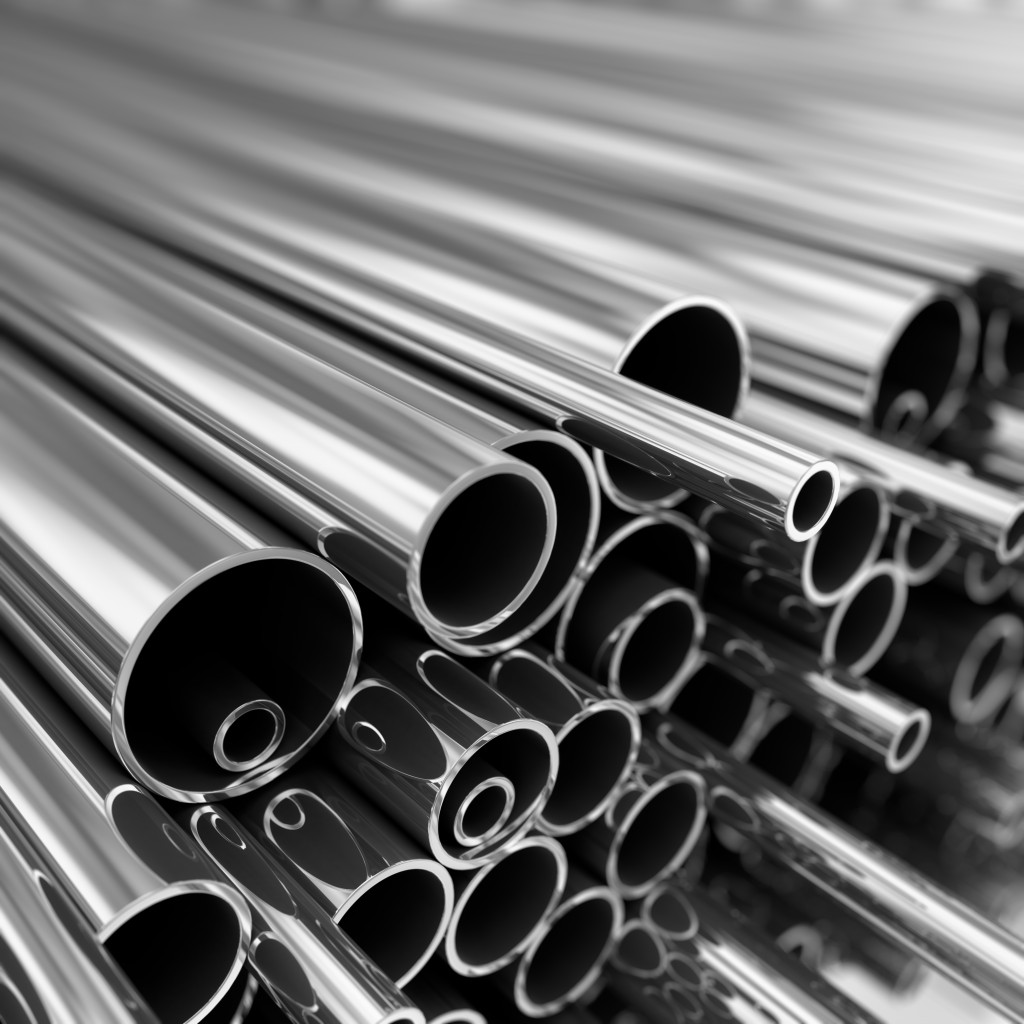There is a widespread belief that stainless steel pipes can’t rust or get stained. Nonetheless, various industries have reported rusting, corrosion, and oxidation of their stainless steel pipe fittings. Fortunately, caring for stainless steel pipes isn’t as complicated as most people perceive it.
Stainless steel pipes are made of a resilient material often used on appliances and kitchenware. Although the name implies that these pipes can’t rust or stain, rust can form when the outer layer gets scratched. However, regular cleaning and polishing can help get rid of stains on stainless steel pipes and prevent any from developing down the road.
Cleaning
The first step to protecting a stainless steel pipe from rust is to clean it with stainless steel grain, which is similar to that of wood. Take time to look at the pipe to see which way its stainless steel grain goes. You have to scrub the tube in the same direction to avoid adding any scratch on it. A plastic scouring pad or microfiber cloth is recommendable for cleansing a stainless steel pipe. Any non-abrasive tool won’t damage your stainless steel pipe. A clean material ensures that smear or smudge don’t develop across the piping system. Steel wool is never recommendable because it can scratch the stainless steel pipe.
Polishing Your Pipe
After cleaning the stainless steel pipe, give it a natural shine with a thin coat of olive oil. Use a soft cloth to put a few drops of olive oil onto the stainless pipe and wipe it. The oil helps prevent smudging, hide scratches, and add shine to the tube. After that, use a dry cloth to buff the olive oil dry. Experts recommend the use of olive oil treatment frequently to maintain the quality of a stainless steel pipe.
Preventing Rust

One way to protect a stainless steel pipe from rust is to shovel away any stagnant water. After cleaning a stainless steel pipe, use a cloth to dry it immediately instead of letting it dry by itself. Stagnant water makes it hard for a stainless steel pipe to produce chromium oxide, which is the compound that prevents the formation of rust. The exterior of a stainless steel pipe is resilient, and the heat from the sun can be enough to make the stagnant water evaporate.
Ferric oxide, also known as rust, forms when the surface of a stainless steel pipe is left open to oxygen and moisture. Rust doesn’t build a continuous layer on a tube; instead, it usually palls off and sets off destructive rusting cycles that expose the pipe. However, the high chromium content found in stainless steel undergoes various processes to protect steel pipes from rust.
Chromium oxide with as high as 12 per cent localised concentration is enough to protect stainless steel from rust and corrosion. Anything below that concentration will cause rust or staining. High temperature, contact with iron, sulphuric acids, hydrochloric acids, and contact with carbon steel are some of the causes of corrosion on stainless steel pipes.

